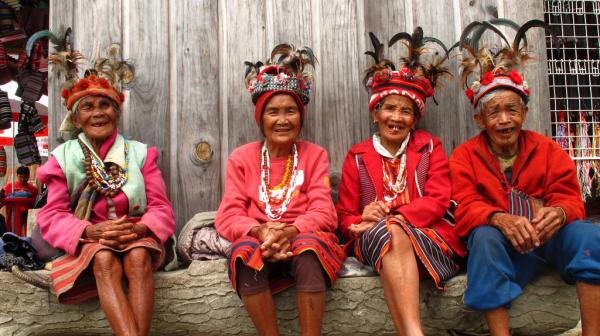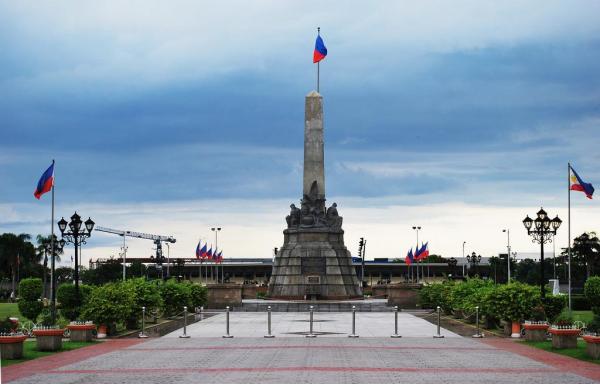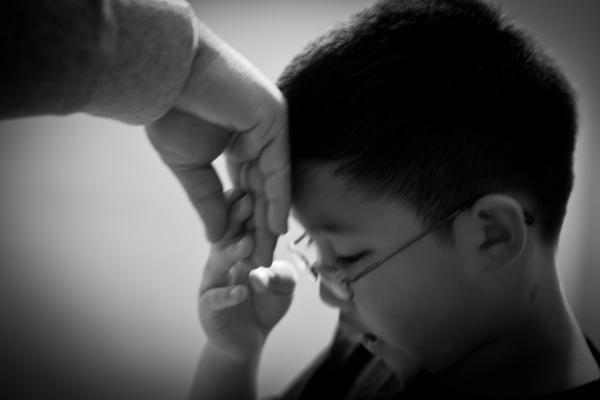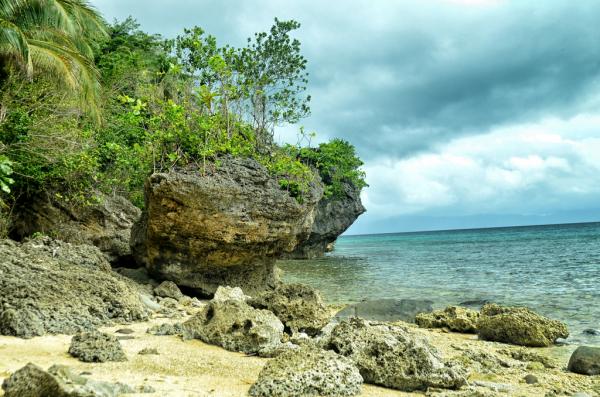
I am a Filipino! The Story Behind Bonifacio Monument
by Jane Dacumos on July 17, 2012For his unbeatable sacrifices and contributions to the Philippine history, and for his fearless role in inciting the Revolutionary War against the Spanish colonizers – Gat. Andres Bonifacio – is indeed a Filipino hero.
» Read More

Ethnic Groups of the Philippines
by Jane Dacumos on August 3, 2013There are 100 or so different sea-based or highland-based tribal groups in the Philippines. Among Filipinos, they are ones least influenced by western or Islamic cultures. Some of the people in this category include the Cordillerano (Igorot), who live in the highlands of Luzon; the Mangyan of Mindoro; the scattered Negritos including the Aeta in Luzon and the Ati of Panay; the tribes of Palawan ; the Lumad of Mindanao (including the Manobo, Tasaday, Mamanwa, Mandaya, and Kalagan); and the Bajau of the Sulu Archipelago. While some tribal groups living in Luzon have been Americanized and Westernized--an example of which is the predominance of Protestantism in Cordillera Administrative Region—the tribal groups living in Mindoro and Palawanare still generally animistic, while many of those in Mindanao practice folk Islam.
» Read More

TOP 10 Highest Mountains in the Philippines
by Jhaypee Guia on May 22, 2012The Philippines is dotted with towering mountains that are perfect for hiking and trekking. So, to all mountaineers out there, gear up and visit these 10 highest mountains in the country!
» Read More

Top 10 Historical Places in the Philippines
by Jane Dacumos on July 25, 2013The Philippines is a world-famous tourist destination. Aside from its beautiful places and scenic tourist spots, it is also rich in history and culture. Filipinos built different landmarks and places to remember the outstanding sacrifices of national heroes and to beautifully exhibit the country’s heritage. These popular works of architecture can capture not only the eyes but also the hearts of the viewers.
» Read More

Indigenous Arts and Crafts
by Kheem Caparas on January 6, 2014Take a look at the native and indigenous forms of arts and crafts in the Philippines.
» Read More

Filipino Customs and Traditions
by Cecil Abundo on January 13, 2015Our culture is a big reflection of our great and complex history. It is influenced by most of the people we have interacted with. A blend of the Malayo-Polynesian and Hispanic culture with the influence from Chinese, Indians Arabs, and other Asian cultures really contribute to the customs and traditions of the Filipinos.
» Read More

Rizal Monument: Honoring the National Hero of the Philippines
by Jhaypee Guia on July 18, 2012The Rizal Monument is a memorial monument in Rizal Park in Manila, Philippines built to commemorate the Filipino nationalist, José Rizal. The mausoleum consists of a standing bronze sculpture of the martyr, with an obelisk as his backdrop, set on a pedestal upon which his remains are interred.
» Read More

The Seven Natural Wonders of the Philippines
by Red de Vera on September 22, 2014An archipelago composed of 7, 107 islands, the Philippines offers unique tourist destinations which includes the rice terraces of Ifugao, white sand beaches of Boracay, diving sites of Palawan and the lush forests of Bohol. Philippines is truly a country blessed with natural wonders and attractions.
» Read More

Cry of Pugad Lawin Monument: The Beginning of the Philippine Revolution
by Jhaypee Guia on August 7, 2014The Cry of Pugad Lawin Shrine was developed by virtue of the Pugad Lawin Historical Committee created in 1983 to locate the residence of Juan Ramos, son of Melchora Aquino.
» Read More

Limasawa Island: A Place of the First Mass in the Philippines
by Jhaypee Guia on May 7, 2015Limawasa, an island municipality in Southern Leyte, is a small yet flourishing town being the site of the First Christian Mass in the country and in Asia. The First Cross and the First Mass Shrine are some of the frequently visited spots that give tourists a rare experience of retracing the historic footsteps of the Portuguese explorer Ferdinand Magellan in 1521 who paved the way for the beginning of Christianity in the country.
» Read More
